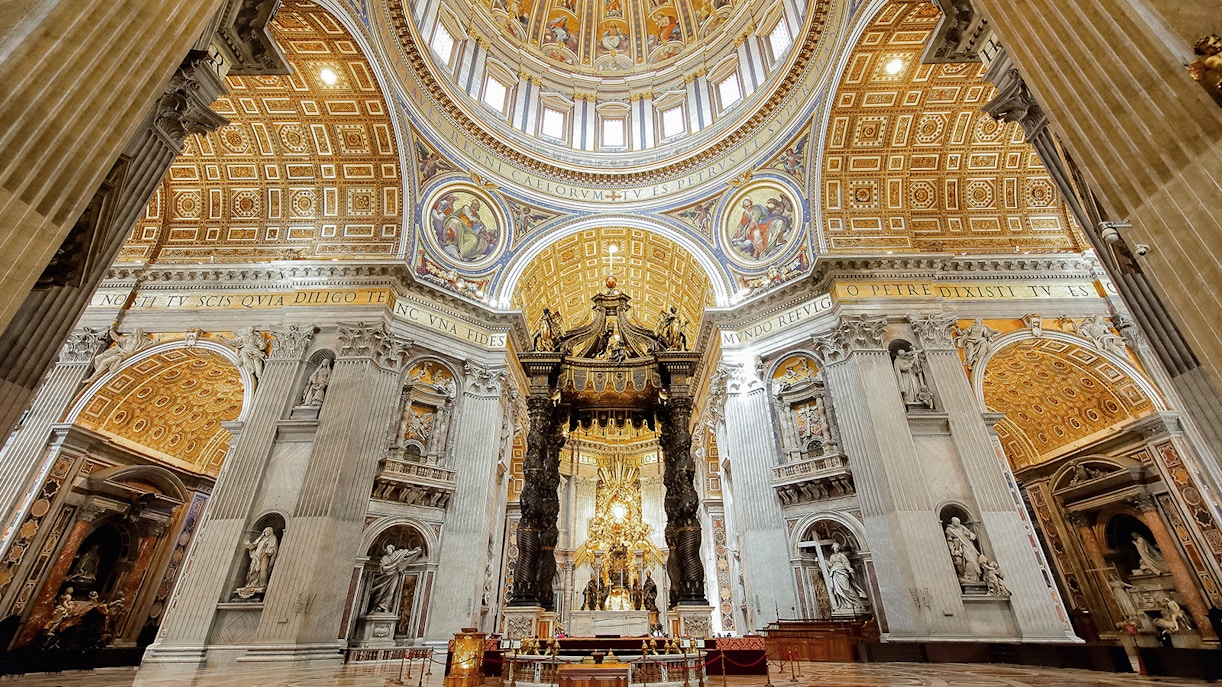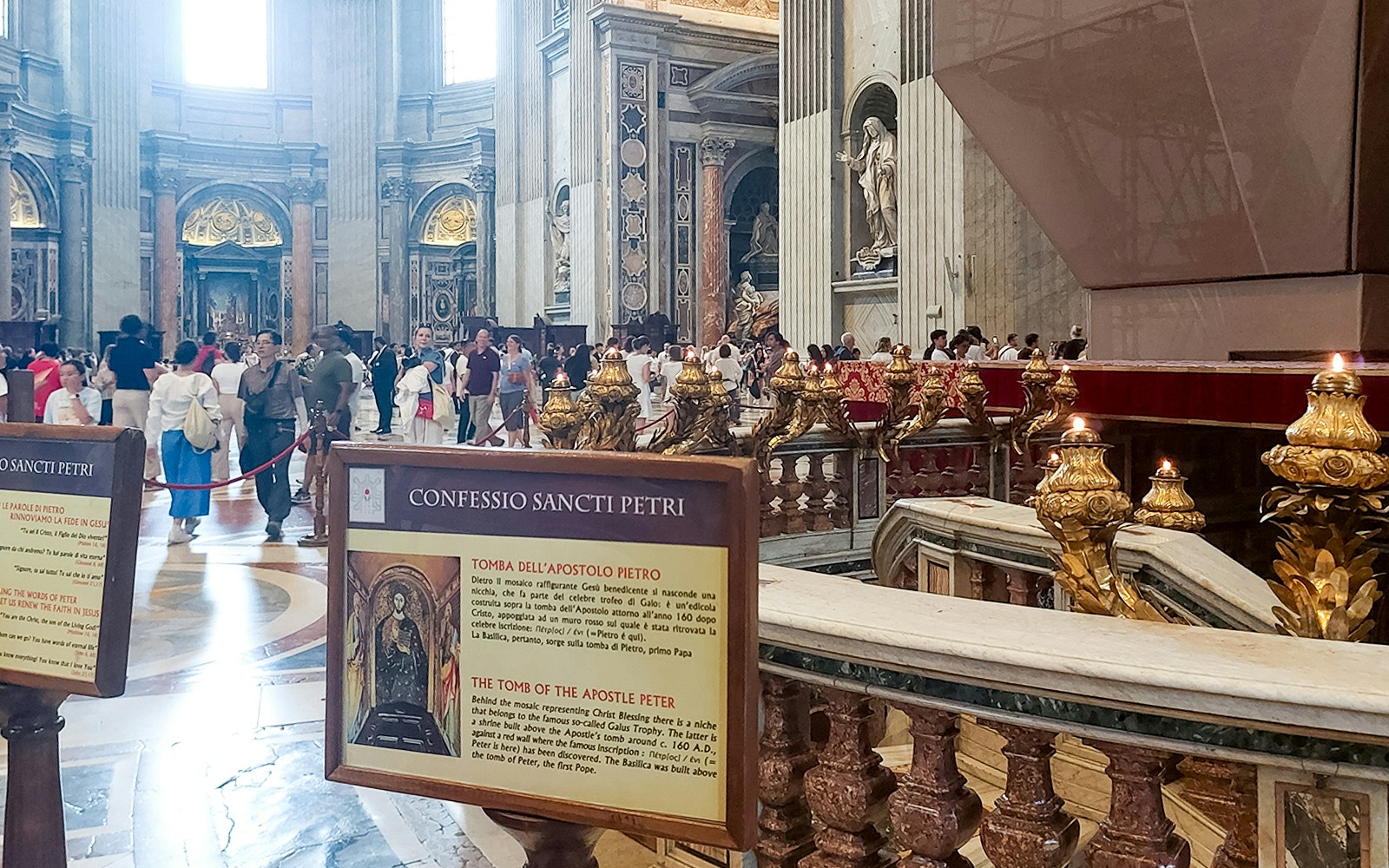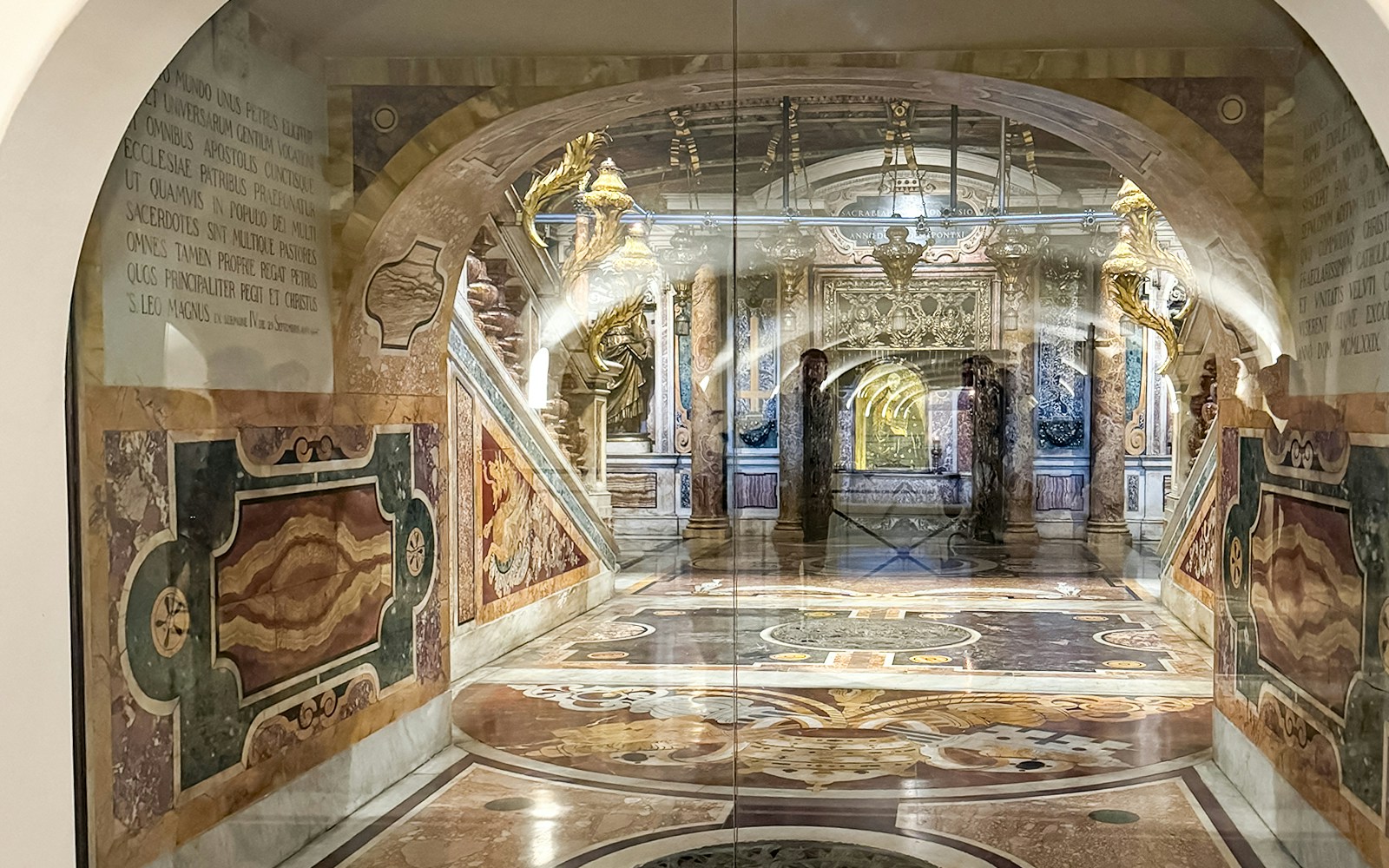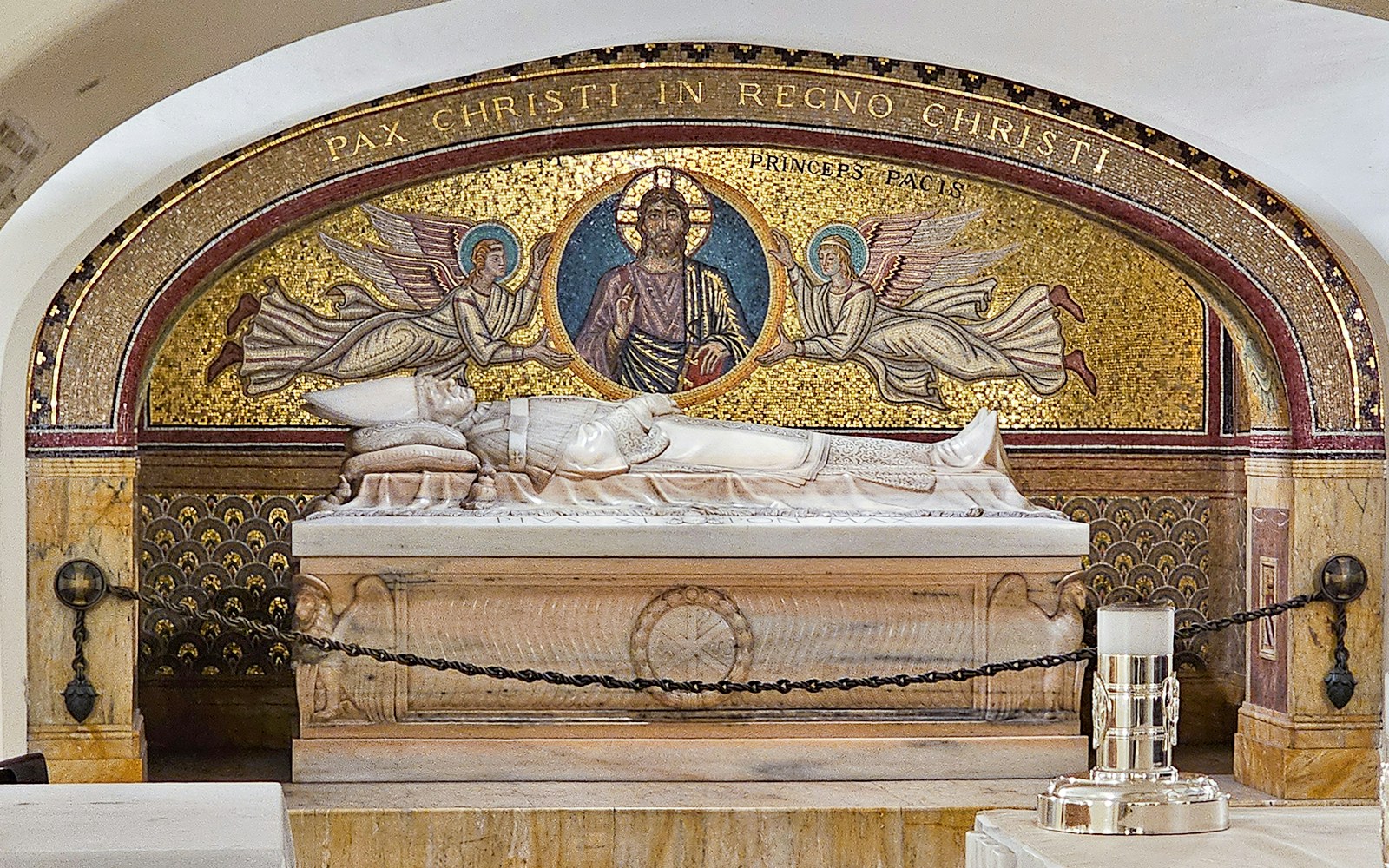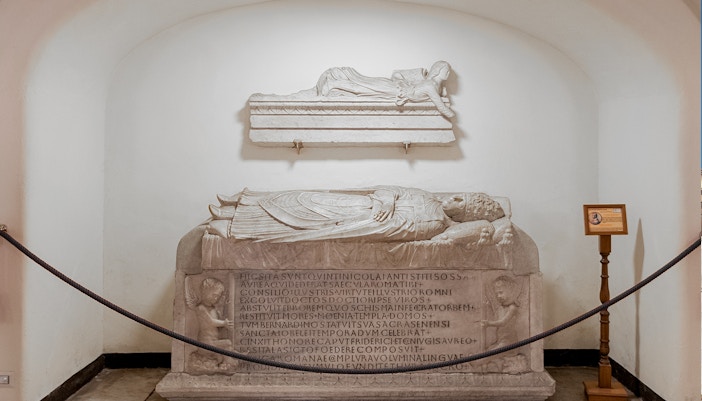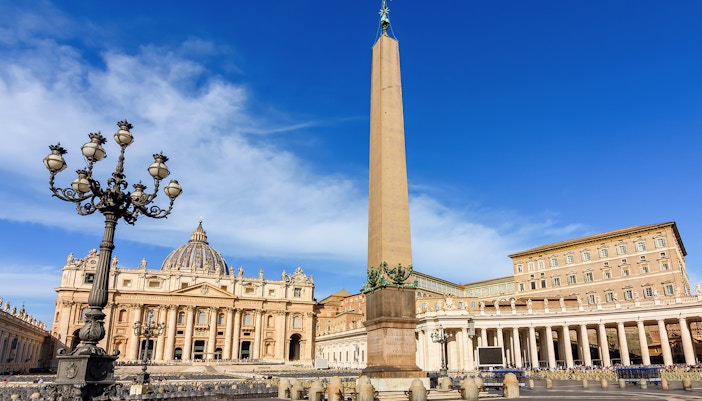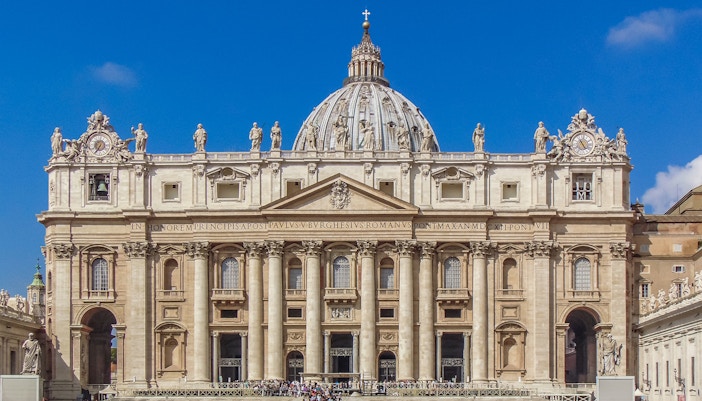Historical and cultural significance of St. Peter’s tomb
The Tomb of St. Peter is deeply significant both historically and culturally. Historically, it is believed to be the burial site of St. Peter, one of Jesus Christ's apostles and the first Pope. St. Peter was crucified in Rome around 64 AD during Emperor Nero’s reign, who had blamed Christians for a massive fire in the city. After his execution, Peter was buried near the Vatican Necropolis.
In 326 AD, Emperor Constantine I ordered the construction of a grand basilica to honor St. Peter’s martyrdom, which was built over his burial site. This ancient basilica, known as Old St. Peter’s, was a major Christian landmark. Following its collapse, Pope Julius II commissioned the construction of a new basilica on the same sacred site to preserve the sanctity of St. Peter’s resting place. This new basilica eventually became the grand St. Peter’s Basilica we know today, continuing to serve as a pivotal spiritual and pilgrimage site for Christians around the world.
History of St. Peter's Basilica

